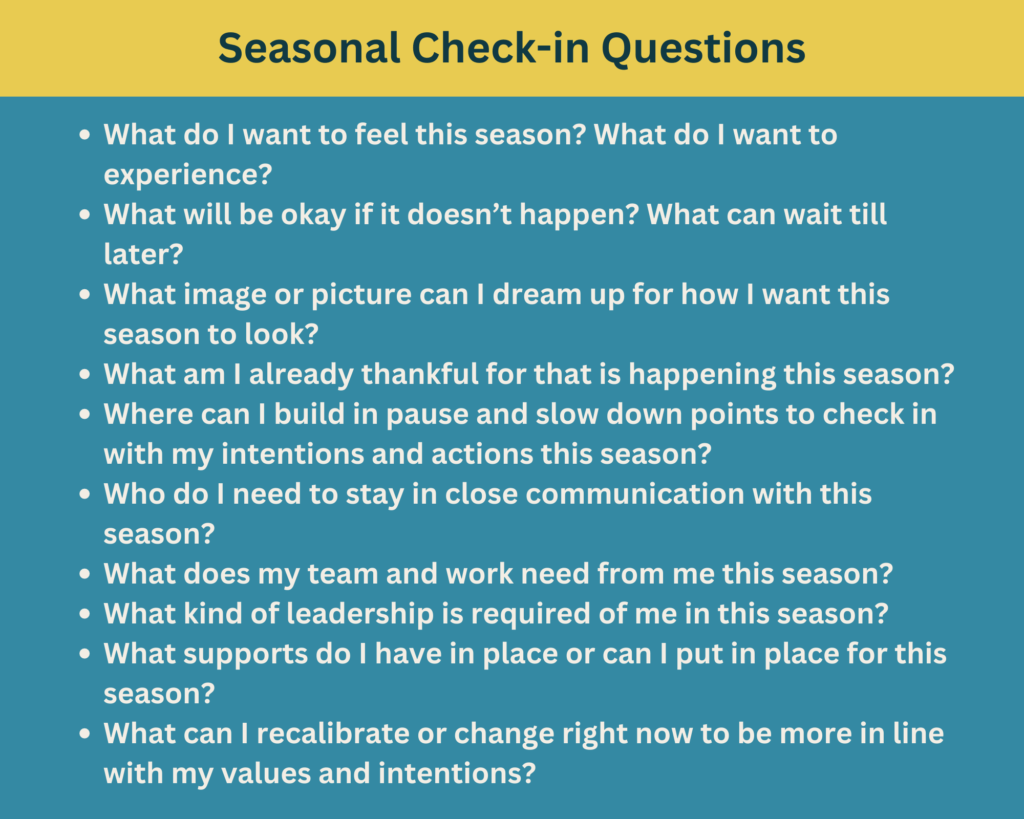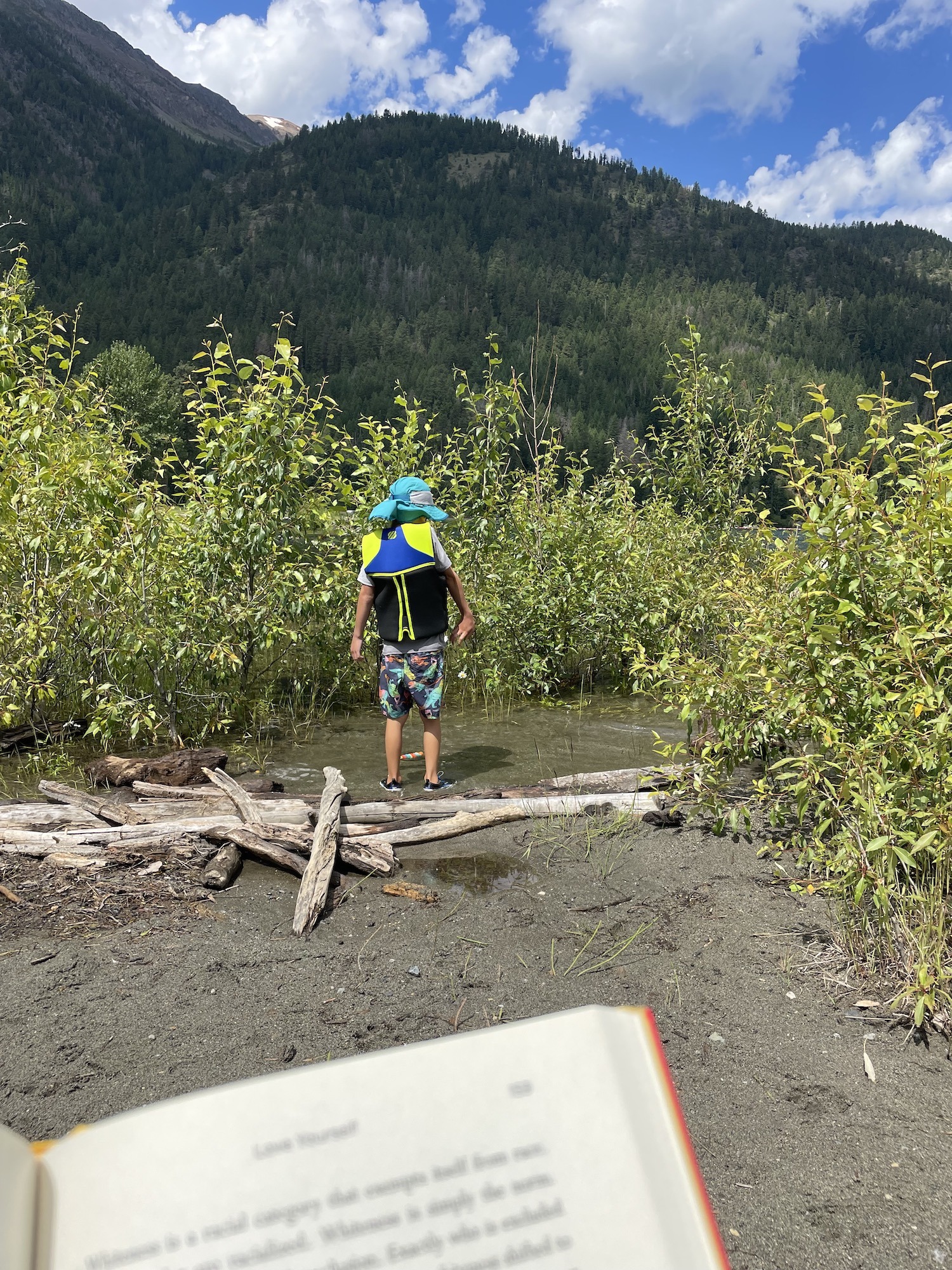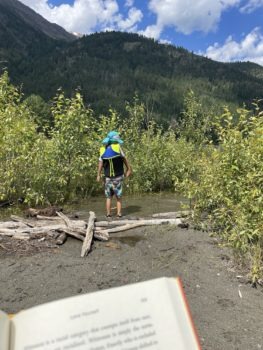Here, in the Pacific Northwest, flowers are beginning to peek up out of the ground. The days are getting longer. A smattering of them have been without rain. Which means there are less mud puddles. That means a lot less loads of wash for me to run. 🙂
Thankfully, some of my family have managed to get their Covid shots. In most places, infection rates are reducing as opposed to rising.
I find myself thinking… perhaps I should be feeling more relief. More hope.
Yet, I find myself sitting with a strange mix of emotions these last weeks. Here are the words that come to mind as I try to name them: exhaustion, wariness, nostalgia, sadness, hope, gratefulness, and grief. As we face the prospect of returning to gather in person, my hope and relief is mixed with powerful reminders of what family, friends and community have had to endure this past year – the loss of time spent together, the loss of jobs and security, the loss of loved ones.
That’s when I begin to notice my posture of “just put your head down, Annie, get through it, push on.” This is not the first time in my life I’ve used this survival technique. It works. For a short time. But it takes a toll when I do it for long enough.
You see, in order for me to “push through” I must also actively avoid feeling my own emotions – both negative and positive. That includes empathy, grief, tenderness, and gratefulness. This year provided me with moment-to-moment opportunities to both experience and avoid my feelings. Because of the intense magnifying glass our lives have been under this last year – I am noticing the moments I’ve avoided my feelings in order to simply “push through”.
The key for me moving towards hope and accessing my ability to open myself back up to people and public space, is to move myself from a posture of avoidance into a position of allowing myself to experience my own feelings. I am doing this now… ever so gently.
Here is how I am opening myself up to the feeling of hope and the learnings of the last year:
I am focusing especially on my feelings of grief and gratitude.
I am noticing in a specific way. It’s a technique coming out of mindfulness and Buddhism.
I try to be aware of any feelings I may be experiencing in the moment. Then, I see if I can slow down and acknowledge the feeling, whatever it may be. It goes something like this:
“Hello there, sadness.”
and
“Whew, here it comes again… I’m missing someone…”
and
“Wow, I am so grateful for…”
I say to myself or (if appropriate) to those around me, just what it is that I am feeling. I offer appreciations out loud when I am experiencing gratitude.
I try to offer some variation of Valerie Kaur’s offering around grief if I am grieving with or because of something someone else is experiencing, “You are grieving, but you are not grieving alone. I am here with you.”
I let the feeling remain with me. Till the next one comes.
Then, I am practicing being quiet and present in the moment. (You know me – this is taking a lot of practice!)
This is not new information. It is centuries old and across traditions. However, there is a reason we continue to strive to learn it – it is hard work & it is life changing.
Here is what happens when I allow myself to notice & experience my emotions, especially grief and gratitude:
- I experience more love and connection in my life, and less resentment.
- I give love and acknowledgement to those I am with, allowing them the opportunity to feel loved and appreciated.
- I can stay in the present moment, which reduces worry, anxiety, and fear of the future,
- I feel human and notice the humanity in others.
- When I notice gratitude – it expands and unearths more appreciation. Gratitude and appreciation can coexist with pain and grief.
- I move through the emotions so that unexpected emotions are less likely to surface later, which reduces the harm I enact on myself and others.
It can be hard.
I am still head down, barrel through at times. And that is okay.
However, the more I drop into my emotions and the lessons they point to, the more prepared I am to keep showing up as a human being.
As I practice feeling more, I process more of the incredible lessons and hard moments of the last few years. As I sit with the grief and the gratitude, I find myself learning how to be a better friend, partner, and teammate. I recognize that I have more capacity than I imagined.
And that gives me hope.
What are you feeling right now?
What emotions are you paying attention to?
What are they teaching you?
May we allow each other the space to feel as we enter a new time of transition.
Feelings and emotions too overwhelming right now? Here is a place to go for support: NAMI Hotline
Want more resources to support feeling your emotions, supporting others in their grief, and practicing gratitude?
Here are a few offers:
See no stranger, Valarie Kaur, The People’s Inauguration and other learnings
A guide to transition from winter to spring, Kirin Bhatti
Lama Rod Owens – Acknowledging emotions meditation
Tara Brach – Pause for Presence
Untamed, Glennon Doyle
Emotional Agility, Susan David
Need examples? Here is what this looks like in real-time:
Grief
- I am feeling grief for the lost time with people I love.
- It hits me in a pang in my chest.
- I sit with it and I say to myself, “Whew there is that feeling of missing and loss.”
- I send a message or call when I can to tell the person I miss that I love them.
Gratitude
- There is always more to do in our house, with our child, in my work. It is easy to get bogged down.
- I am practicing noticing when my family is actively working on supporting someone else in the house or helping with a household task (which is actually very often).
- I try and see it in the moment or shortly after and let them know I am grateful for what they are doing and/or I am grateful for them.
Grief
- I am feeling grief for the people I care about who have lost loved ones to Covid.
- I am feeling grief when I hear stories of people who have lost loved ones, including their children because of hatred and violence.
- I offer my love and feeling of grief in the form of a mediation.
- When I can I drop into the moment with the person or the story and practice listening not solving.
- I look for actions I can take afterward, in response to the grief – learning more about the story, taking a direct action, and supporting a person or organization.
- For individuals in my life I am grieving with, I look for simple ways I can show up in support (and ask them first).
Gratitude
- I notice when my heart is welling up with tenderness. It can be when I watch Lino and Rob dance in the living room or play cars. It can be when Lino is creating a hilarious made-up scenario or when Rob or his sister Lisa is preparing a warm meal.
- When I feel the tenderness rise up, I notice it if I can.
- I set down what I was doing just for the moment and take a mental polaroid.
- I say to myself “THIS” and I say to myself or out loud, “I see you, I appreciate you”
What are the ways you acknowledge grief and loss?
What are the ways you offer appreciation?
I’ve created a guide to help you move forward during this time. Grab the guide here.




![How to bring in joy & intention when building partnerships [Leaders Creating Change Series]](https://www.annievonessen.com/wp2015/wp-content/uploads/2023/02/xuke123-_JdB2UenEbA-unsplash-scaled.jpg)











